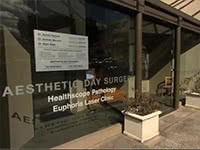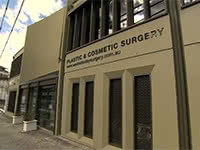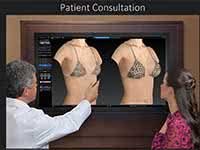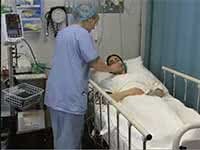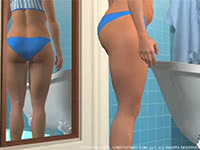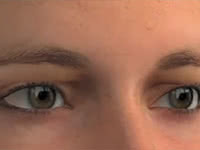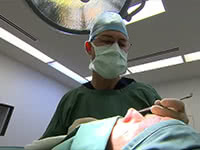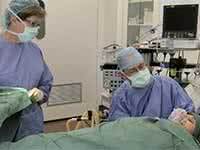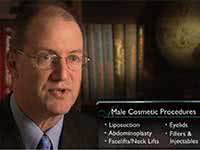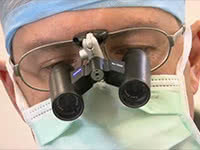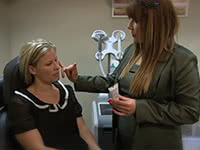Breast reduction surgery patients are generally supremely satisfied with the results from their procedures. Not only are they relieved of their neck, shoulder, and back pain, they can finally feel comfortable and confident in their own skin.
I think the happiest group of patients we treat are breast reduction patients, for all the reasons that patients appreciate far better than me, neck pain, back pain, shoulder pain, headaches, bra straps digging in, bras that don’t fit and support them, impossible to buy something that fits them. They have great difficulty doing exercise, and, because of that, they tend to put on weight. And even down to the point of patients just want to enjoy after a breast reduction them seeing something nice in a window in a shopping center and can actually go in and try it on and it fits. And so I think all those reasons are why the breast reduction patients are the happiest group of patients we see. It’s an operation where the pluses far outweigh the negatives. Every operation has potential for complications, but they’re generally minor and nuisance value. There are obviously some scars on the breast, but my vast experience has been that the patients care very little about the scars. It’s the great joy and the functional benefits of the breast reduction operation. Scarring is dependent upon your genetics. Some people get fantastic scars. Most people get average scars. An occasional person will get less than optimal scars, but that’s usually genetically controlled. But even the patients with the less than optimal scars are usually thrilled with the outcome of the surgery. Breast reduction is an operation that is considered functional by Medicare, which is very important. There are Medicare item numbers, and so patients who are in health funds, can get rebates, and quite commonly 50 percent or so of the costs are actually covered by the health fund. The government Medicare recognizes that this is a functional operation, and it’s not necessarily a cosmetic operation. All breast reductions involve a breast lift. The breast is lifted up into a more useful position, as well as taking volume out. You can have a breast lift only where you keep all the volume of the breast, and we really just rearrange the glandular tissue and remove excess skin, and that lifts the breast up into a more youthful position. Even patients who have just a breast lift find things remarkably more comfortable. If you actually have your breast volume sitting on your chest where it belongs, then it’s a far more comfortable situation. One of my patients coined the phrase, “I can now where a bra as a fashion accessory, not as a mechanical device.” And I think that’s the sort of the essence of the breast reduction surgery. There are several different operations which are applicable to perform a breast reduction, depending on the size of the breast, and many factors, such as the quality of glandular tissue, the quality of the skin, etc. I use all those procedures. As with everything, I like use everything so I can pick the right operation for the right patient. For the very large reductions, I tend to use an inferior pedicle technique, which has the anchor scars. It’s very reliable over many years, and it produces fantastic results and very happy patients. For those patients that are a medium to large reductions, or the more youthful patients, I tend to use a technique that limits the scars, which is a superior pedicle technique. In that operation, the horizontal limb, or the long scar underneath the breast, is very much minimized. But I think that operation has other great advantages that we’re suturing glandular tissue to glandular tissue, which gives us better projection, usually a nicer shape, and the shape will hold up longer because we’re not relying just on skin to keep that shape. So I think that’s a good operation. That’s the operation I prefer in the patient where that’s applicable. In the very, very, very large patients, occasionally we have to do free nipple grafts, but that’s a rarity, and I’ve done three or four in ten years. It’s a really massive, the 2.5, 3-kilogram breast reductions, we have to consider that issue.








